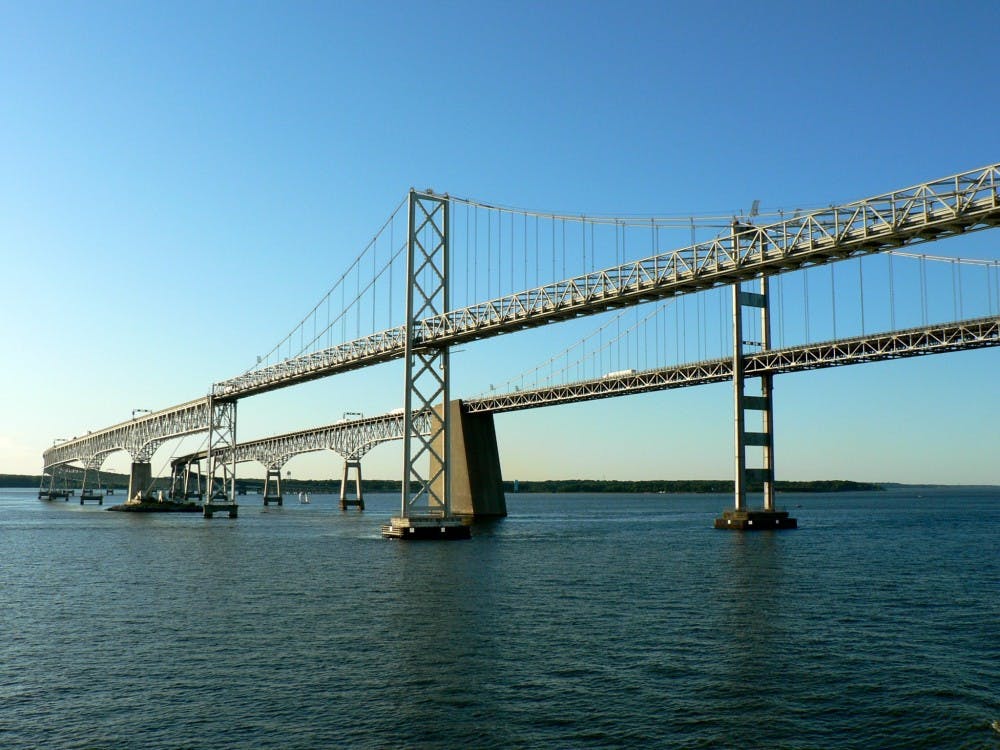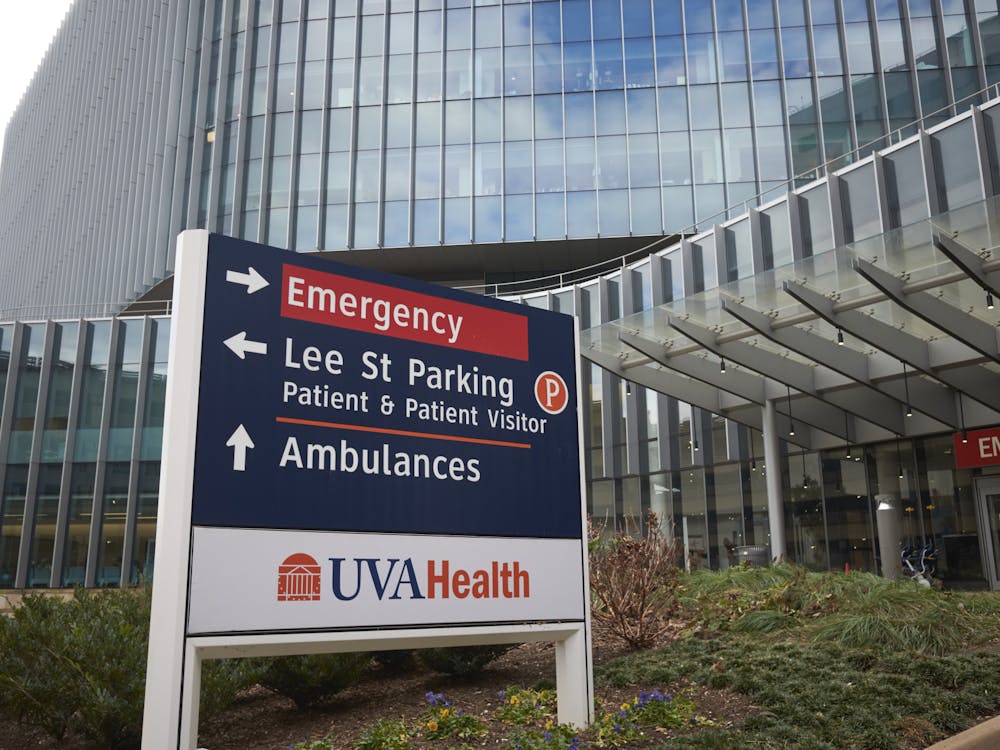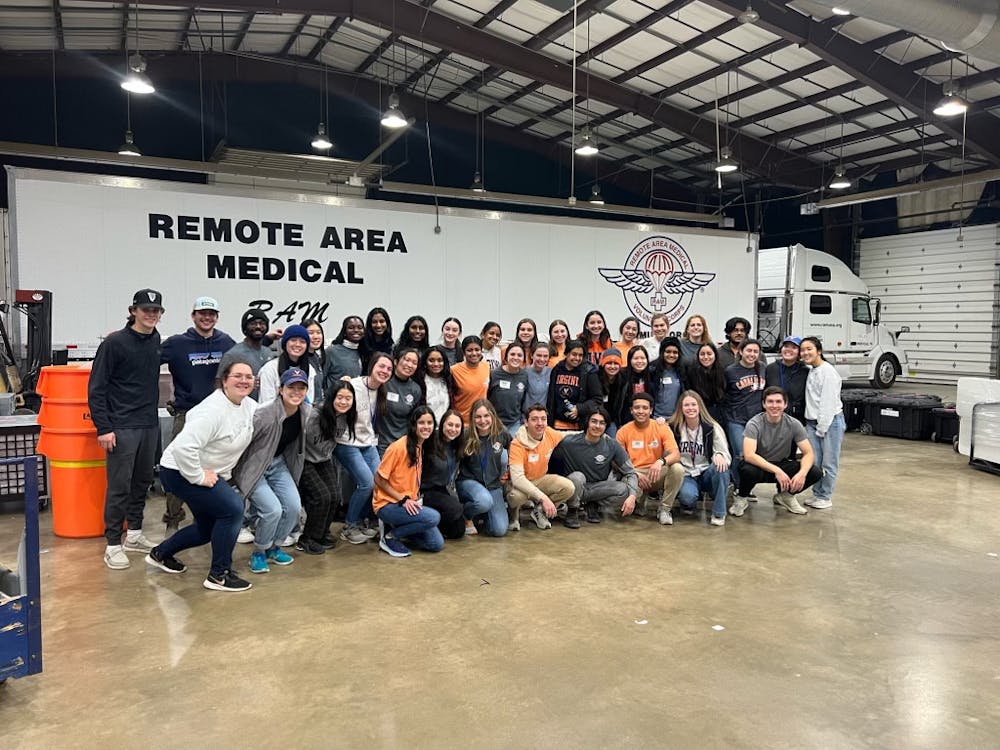The Environmental Resilience Institute is the University’s collaborative step in creating solutions that cooperate with the environment to adjust for all of nature’s unpredictable occurrences. The institute seeks to pair humans and the environment around them in a sustainable solution that fits with a changing world.
“For well over a decade we've had this community building across Grounds — of scholars and researchers interested in environmental change, sustainability and resilience, and we have built on those collaborations to come up with this vision for the Environmental Resilience Institute,” Environmental Science Prof. Karen McGlathery said.
Nature is a dynamic entity that is constantly changing, so infrastructure needs to be able to adapt alongside the environment, Architecture Prof. William Sherman said. The Resilience Institute seeks to pull a plethora of fields — such as architecture, commerce and law — to pair with environmental science in order to create a team that can tackle problems from all perspectives.
“It’s what's so critical about putting together an institute like this, because the kinds of questions it’s addressing really can’t be solved from within one discipline,” Sherman said.
The inclusion of multiple departments is what makes the Institution a dynamic body, said McGlathery. Instead of having to check with different departments for their expertise, every discipline needed is included in the project’s team from the beginning. Each team is custom-made of people the problem requires, ranging from departments in the University, to outside practitioners, to government agencies.
The institute consciously chose to tackle a broad spectrum of issues, McGlathery said. For now, they plan to start with the coastal regions of Virginia. These areas in particular are at constant risk of erosion due to the disappearance of oyster beds, leaving the soft marsh open to the waves.
“We’re also focusing on resources where they are needed for well-being, so water in particular is going to be a strong part of the institute, and also energy,” McGlathery said. “Those are the issues we’ll focus on initially.”
The institute seeks to address long-term issues — such as rising sea levels — with sustainable solutions that are future-oriented but still monetarily feasible. However, the institute is straying from the usual tradition of fighting an ecosystem with cement and mortar to force it to stagnate change, Sherman said.
For areas like coastal Virginia, this can mean huge changes to infrastructure to work with the shifting environment instead of trying to cement the community in place. Areas like barrier islands are continually changing shape due to storms and constant wave action — however, to the people who live there, that poses a serious problem. A goal of the institute is to find a persisting solution to environmental change that allows the environment to thrive and also keeps the community intact.
“When we build something, we like it to stay still. So that’s fundamental conflict,” Sherman said. “So we have to build very differently or not build there at all if it’s going to adapt and be a resilient system.”
Introducing new ways to work with the environment instead of fighting natural processes is a viable option in the long-term picture. Places like the coastal regions of Virginia already have complex environmental systems that protect the area from storms and catastrophes; the institute plans to use these already-existing systems to find a solution. For places susceptible to strong storms, hurricanes and everyday erosion, solutions like these — although they could come with an expensive price tag — can save a community from falling into a loop of building and rebuilding after storms which will ultimately save them in the long-term.
“We can either spend a tremendous amount of money after the fact, cleaning up and rebuilding the same way we have before and then doing it all over again as things change,” Sherman said. “Or we can try and make new economic models that encourage people to build the right way.”
The work the institute does will hopefully reduce the damage of catastrophes that have been appearing frequently — the most notable in the past month being Hurricanes Harvey, Irma and Maria the only category four hurricanes to ever hit the United States in the same season. By helping communities prepare and assess their options beforehand, the amount of damage caused by natural disasters can be lessened.
While the institute does not currently have a building to collaborate in, there are plans for a dedicated space in the future.
“One of the hardest things when people think about environmental change is imagining the unimaginable,” McGlathery said. “Helping people take our science and helping visualize what those different possible future outcomes are, then help people make good decisions — that will lead to a better future.”





